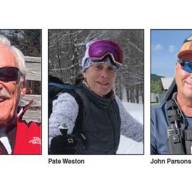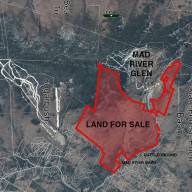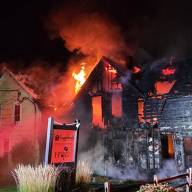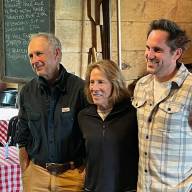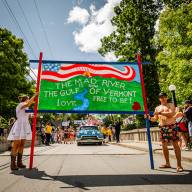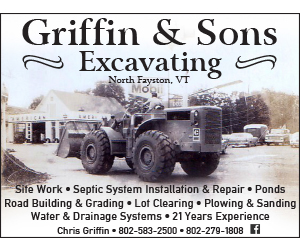Fayston’s Boyce Hill town forest is one of The Valley’s most amazing assets. It is defined by its steep access, stunning pond, former cellar hole, wide-angle views and more. It is also the result of decades of farming and Fayston’s Conservation Commission has released a documentary: “The Hill Farm History of Boyce Hill – Uncovering the Stories That Shaped the Land.”
History nerds rejoice! This is a remarkable and captivating (if you’re into the specifics of the types of mortar used to make barn foundations and or the uses of some relics of cast iron farm tools) (and who isn’t?) glimpse into the past. It delves into the families that farmed that hillside and what they grew. It covers their barns as well as the types of barns and livestock practices of each era.
Spoiler alert! It explains the reasoning behind those two parallel tree lines that run down the property – they functioned as a cattle chute. Viewers will also learn how the well-preserved remnants of stone fences, a corral and cellar hole serve as silent storytellers, offering tangible clues about how the land was used, cultivated, and eventually passed on to Fayston.
This Fayston Conservation Commission documentary was released on YouTube and it was shot featuring local folks with a passion for history. Shot on a stunning sunny winter’s day, it is a Vermont Master Naturalist film featuring historian Samantha Ford whose meticulous research brings to life the stories of the families who once called Boyce Hill home. Through a deep dive into old deeds and newspaper archives, her discoveries illuminate the connections between the land and those who worked it, revealing how generations shaped and were shaped by Boyce Hill. With Ford are others who are as fascinated by history, topography, farming, and the parcel as she is.

Alicia Daniel, founder of the Vermont Master Naturalist program, guided conversations with members of the Fayston Conservation Commission during the film, discussing the town’s overall management plan for the property, balancing goals to support wildlife habitat, soil conservation, native vegetation, passive recreation, and cultural and ecological education.
“While these features deepen our appreciation of Vermont’s rural heritage and the legacies that remain etched upon its hillsides, Boyce Hill is more than just an historical site. It is a landscape that wants to evolve from cultivated land to forest,” Conservation Commissioners pointed out.
It’s well worth the watch. Here’s the link https://www.youtube.com/watch?v=DpCx4z5gVYo.
For more information on Boyce Hill and to read the complete Boyce Hill Historic Resource Survey, visit https://faystonvt.com/departments-documents/conservation-commission/.
ID’s for Photo: From left Alicia Daniel, Peter Colgan, Samantha Ford, Brad Long and Woody Duncan, appear in the Fayston Conservation Commission’s documentary about the history of Boyce Hill farm.




